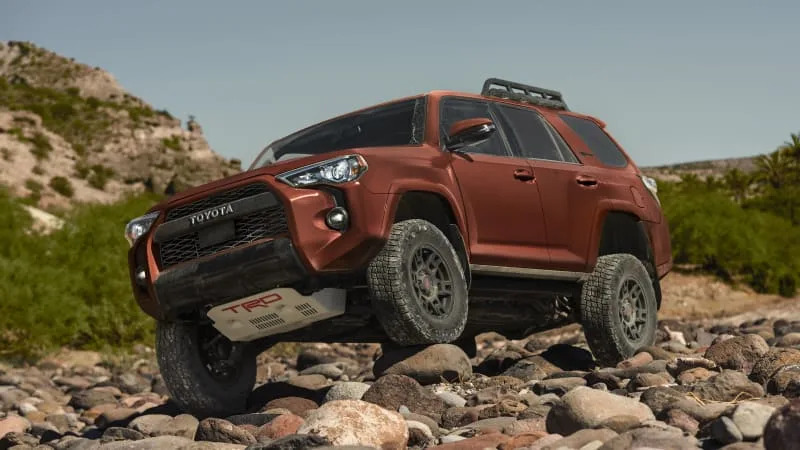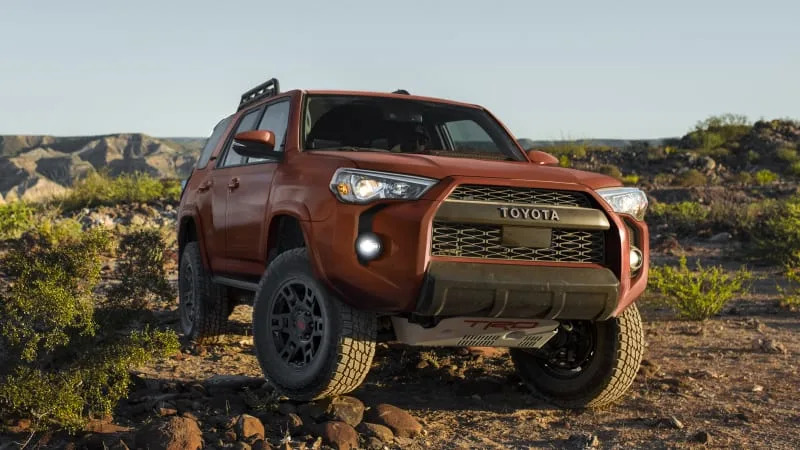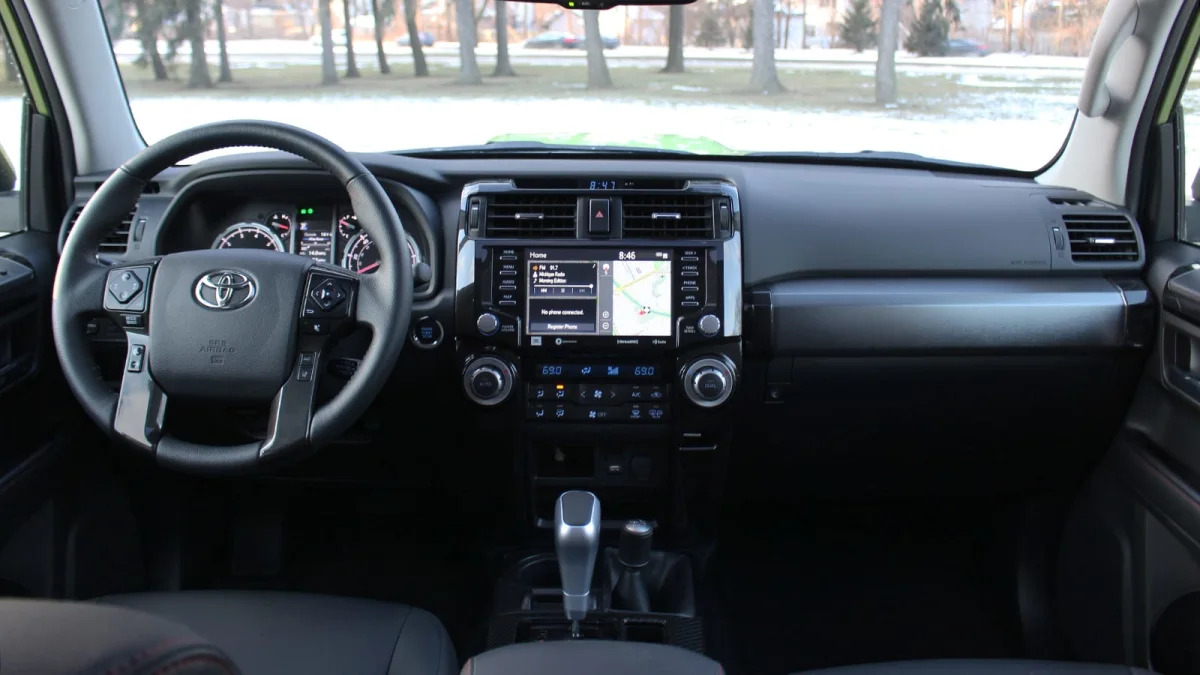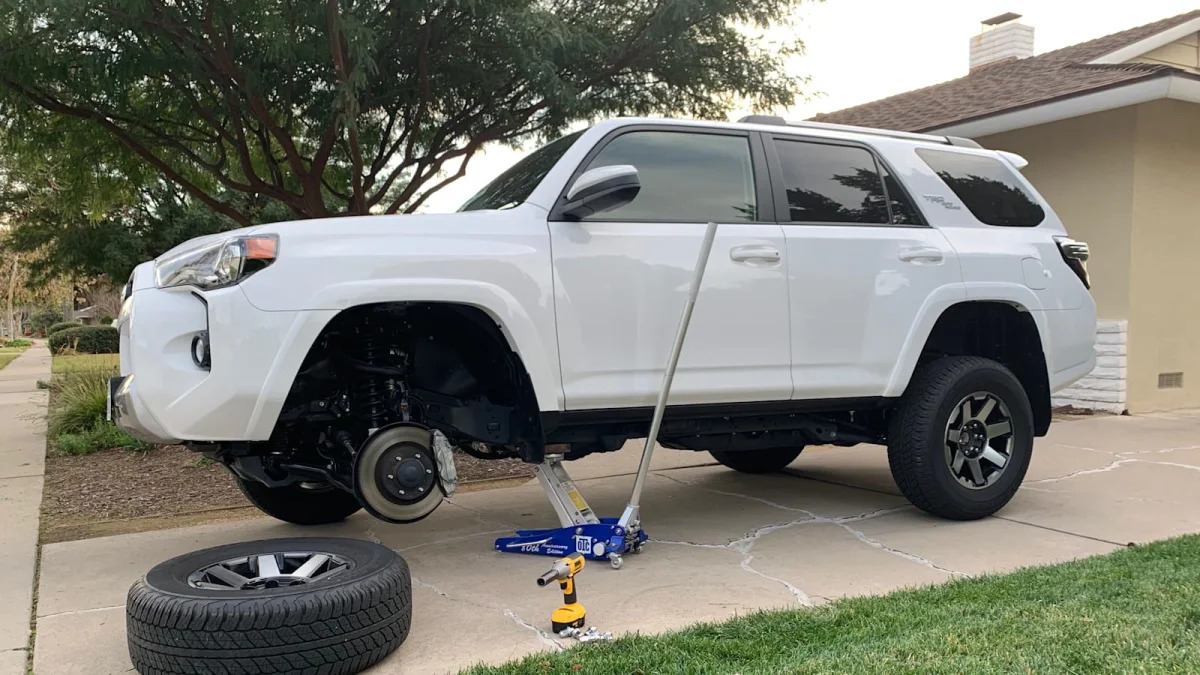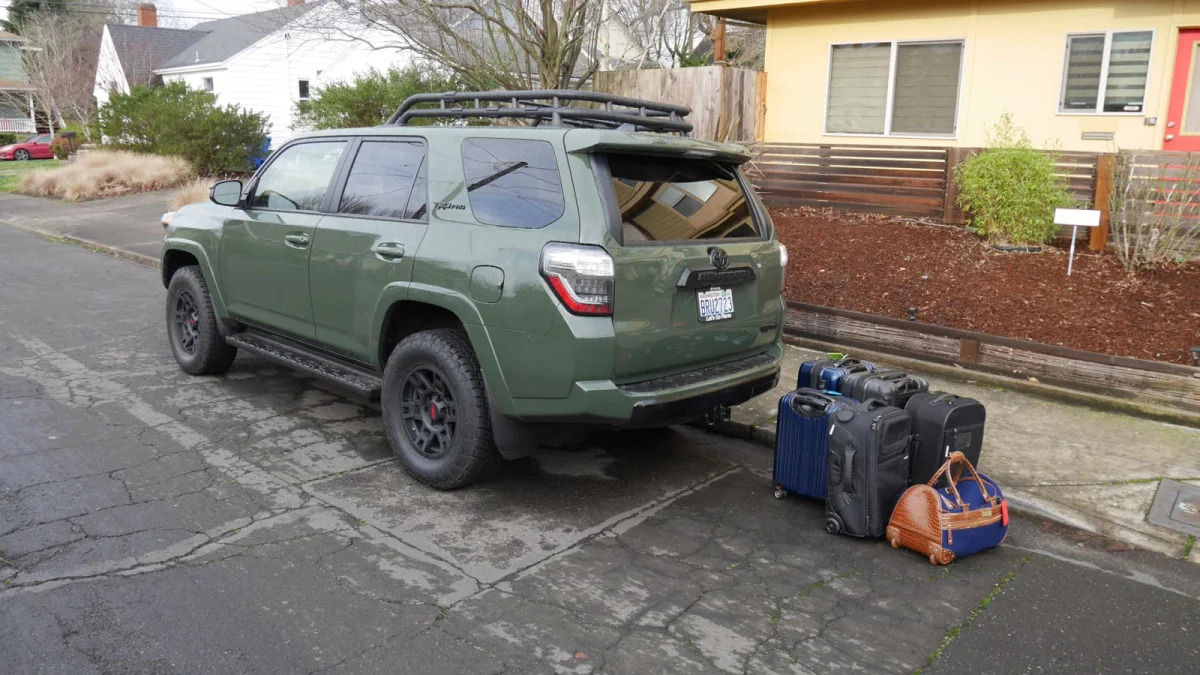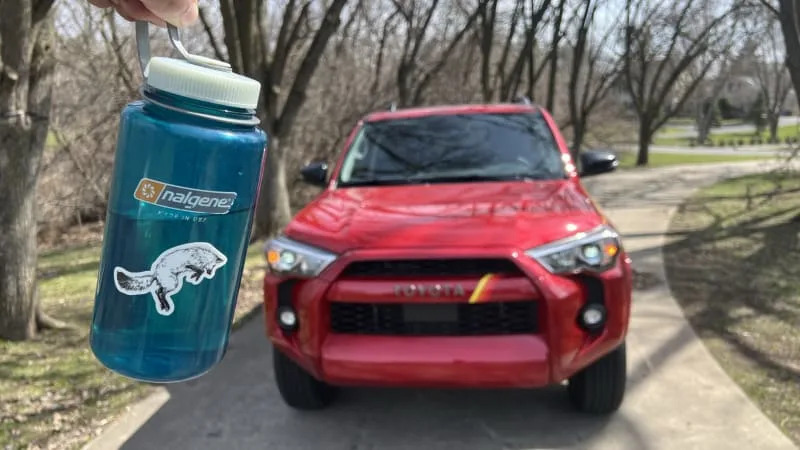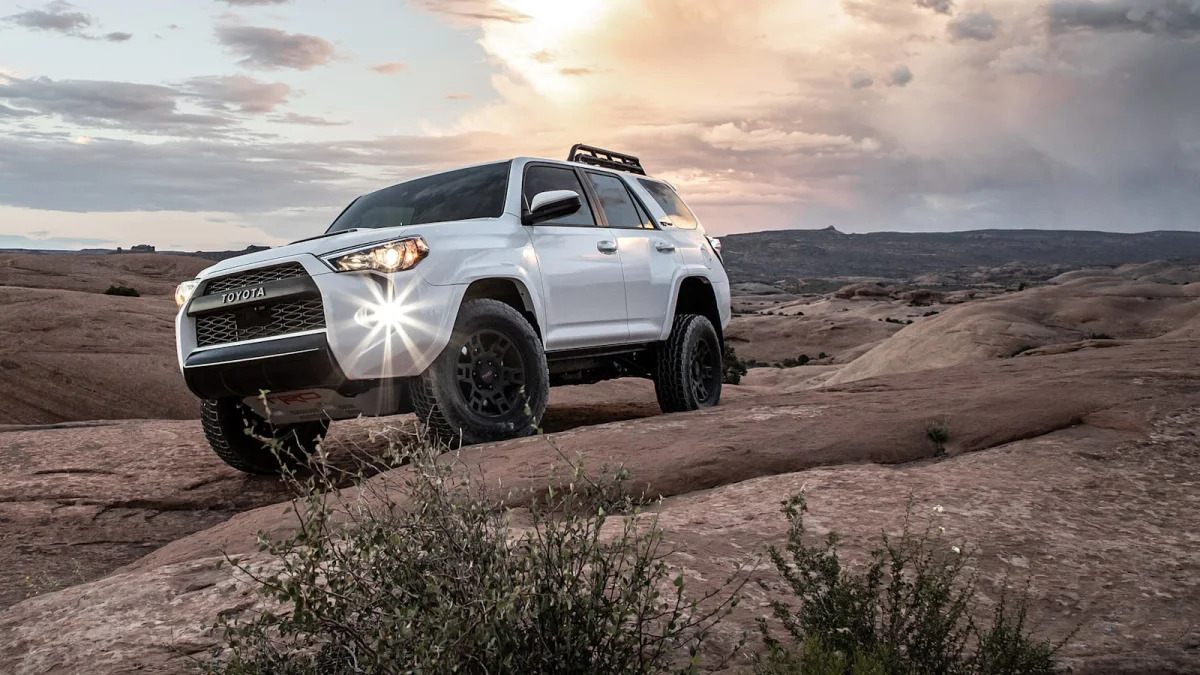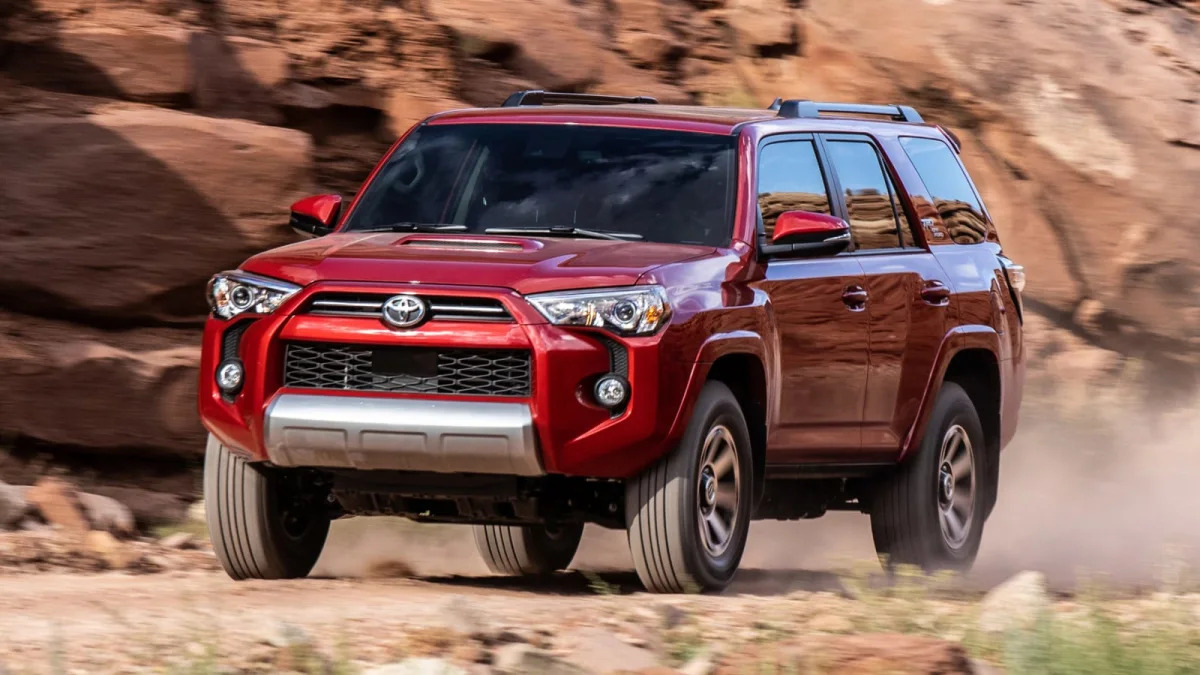Pros: Tried-and-true mechanicals; cargo-carrying champ; roll-down rear window; multiple variants
Cons: Slow; inefficient; imprecise handling; antiquated interior; a new one has to be coming soon, right?!?
While the 2024 model year will see the long-awaited introduction of an all-new Tacoma as well as a reimagined Land Cruiser, the 2024 Toyota 4Runner soldiers on into the 15th year since a complete redesign. That’s nearly three times the length of a typical car generation, and its underlying platform dates back even further. Frankly, you can tell. Some for the better, increasingly for the worst, and while we have a soft spot for the refreshingly simple, rugged and practical 4Runner, its replacement can’t come soon enough – especially as the new Tacoma so obviously indicates what we might expect.
OK, but if you just can’t wait, here’s why the 4Runner is still so appealing (besides the cool factor). It has the same rugged truck-based chassis, capable suspension, ample clearances and bulletproof reliability that make it a darling among off-roaders everywhere (and keep its residual values sky-high). Its abundant interior space has also allowed it to be a realistic alternative to more family-friendly midsize crossovers, while its solid roof makes the interior far more serene than a Bronco or Wrangler’s. And, frankly, new cars can be awfully complicated. A simpler one will be mighty appealing to a lot of people.
Now, on the “it’s really old” side of the fence … Its V6 engine has less power than a < a class="injectedLinkmain" href="https://www.autoblog.com/toyota/camry/" data-ylk="elm:context_link;itc:0;pos:1;sec:donut-hole;cpos:8;">Camry
After all this, if you still have a 4Runner jones, maybe consider a used one (did we mention it’s been mostly unchanged for 15 years?) or wait to see what the next one comes. Which should hopefully be soon than later.
Interior & Technology | Passenger & Cargo Space | Performance & Fuel Economy
What it’s like to drive | Pricing & Trim Levels | Crash Ratings & Safety Features
What’s new for 2024?
The 40th Anniversary Edition is discontinued for obvious reasons, but the annual tradition of the TRD Pro getting a new, for-one-year-only paint color continues. It’s called Terra, a color best described as rusty orange. “Mars” probably would’ve been a better name. Another new color, dubbed “Underground” arrives elsewhere in the lineup. And that’s it! What, were you expecting a new transmission with more than five gears? Ha! Maybe later.
What are the 4Runner interior and in-car technology like?
After significant upgrades four years ago (meaning even they’re getting on in years), the 4Runner cabin’s feature content and technology are reasonably consistent with what you might find in cars designed during the end of the last decade. The 2020s would be pushing it. This remains an antiquated interior
Nevertheless, it’s all put together quite well, controls are logically placed, and there’s certainly something to be said for a rugged off-road vehicle that has a rugged interior. The standard 8-inch touchscreen is also of a typical size and has an acceptable amount of feature content, with standard Apple CarPlay, Android Auto and Amazon Alexa integration. Simple tasks like changing radio stations are generally easy to perform (unlike Toyota’s new system), but it’s slow to respond and antiquated in appearance (unlike Toyota’s new system). The Jeep Wrangler, and to a lesser extent Ford Bronco, put this infotainment system to shame.
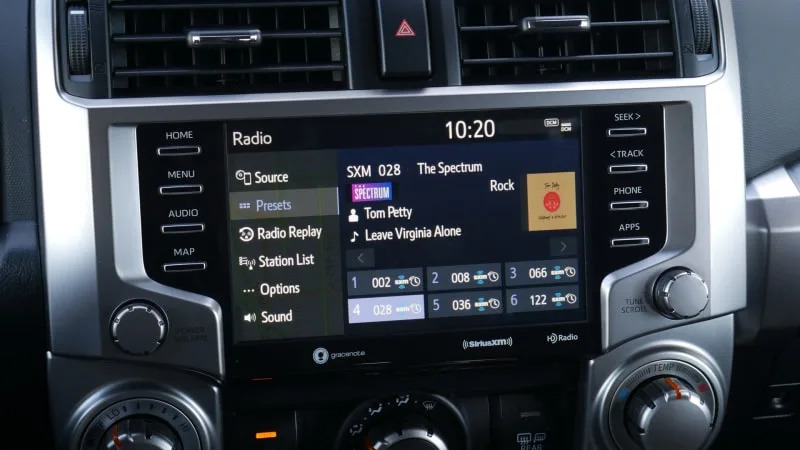
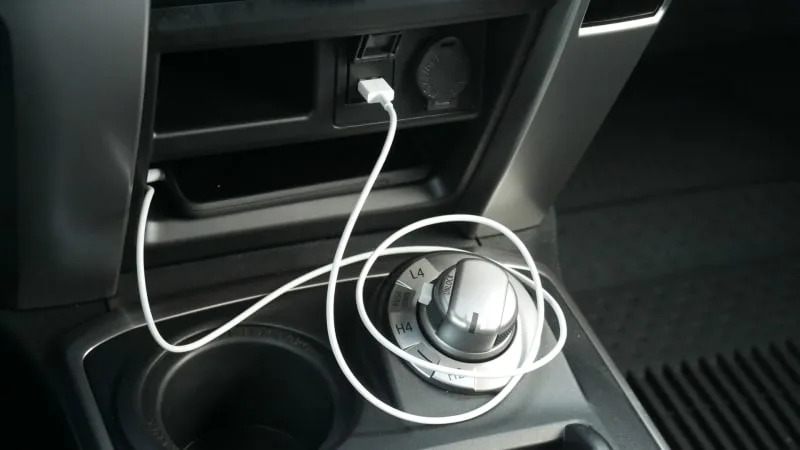
How big is the 4Runner?
Here is an area where the 4Runner is perfectly fine as-is. The cargo area floor is quite low for a truck-based SUV, while the space beyond is a big, boxy 47.2 cubic feet. Even when you add the novel slide-out cargo floor that reduces capacity, there’s still a gigantic amount of space. We know, we filled it up in our cargo area Luggage Test, and then found that it smoked its off-roader competition. Maximum cargo capacity with the back seat lowered is 89.7 cubic feet, which rivals many three-row crossovers (the Highlander has only 84.3) and surpasses various two-row models.
There are also clever cargo area features. The optional slide-out cargo floor makes loading and unloading super-simple, while the 4Runner-trademark power rear window allows you to secure long items like surf boards or lumber out the back while keeping the rest of the liftgate closed. It also allows for freer airflow in the cabin, and dogs typically love it as well (that big boxy area in general is dog friendly).
Human legroom is quite good all around. The standard power driver seat offers plenty of adjustment, while the back seat is mounted at a nice height and reclines to an almost absurd degree. That said, headroom can be a bit tight up front should you opt for the sunroof. There’s a third-row seat available, but its space is extremely limited and it reduces cargo space. Really, if you want a third-row seat, crossovers like the Honda Pilot TrailSport, Jeep Grand Cherokee L or Toyota’s own Grand Highlander would be a better family-hauling choice.

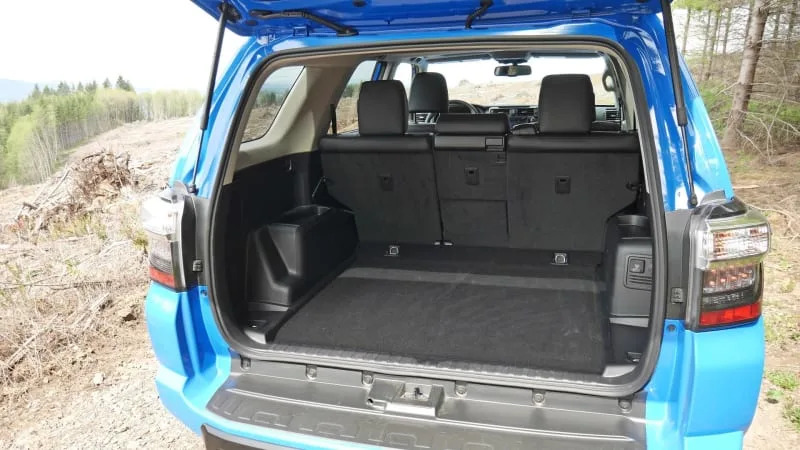
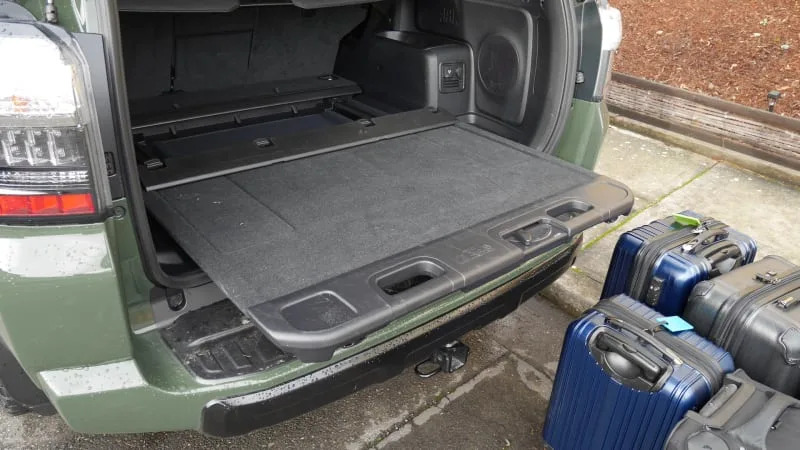
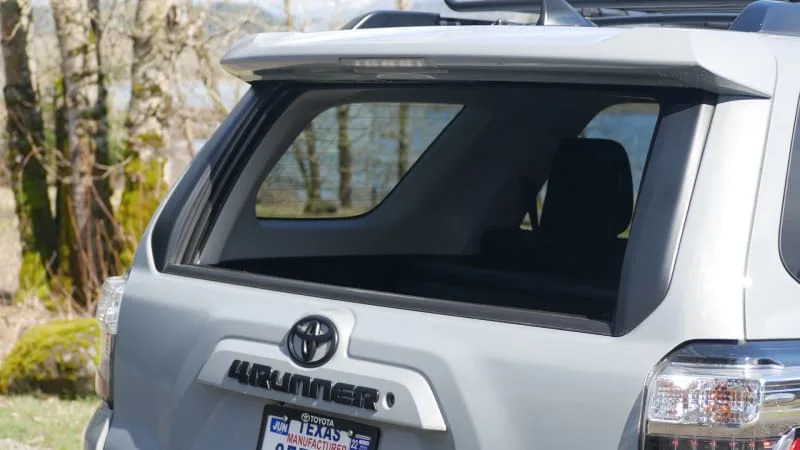
What are the 4Runner fuel economy and performance specs?
They’re not great. While much of this fifth-generation 4Runner has been updated over the many years, the engine bay has basically gone untouched. The 4Runner is only offered with a 4.0-liter V6 that produces 270 horsepower and 278 pound-feet of torque. That’s not a lot given how much the 4Runner can weigh (especially the TRD Pro) and the fact that the lighter Toyota Highlander produces more than 300 horsepower. As such, the 4Runner is quite slow, and it’s not helped by a standard five-speed automatic transmission that does it no favors in terms of fuel economy. The Bronco’s automatic has five(!) more gears and there’s an optional manual.
According the EPA, the 4Runner returns 16 mpg city, 19 mpg highway and 17 mpg combined regardless of drivetrain, which is pretty bad given its weak-sauce power output. And it gets worse. The TRD Pro’s off-road tires, heavier weight and blunter aerodynamics resulted in us averaging only 17 mpg in about 250 miles of highway driving in a TRD Pro. We saw the low teens around town. By contrast, we were seeing 18 to 19 mpg on the highway in an SR5, which might not seem like a big difference, but it is.
The optional four-wheel drive system provides high and low range. It is selected with a traditional mechanical shifter on TRD models, while the SR5 and TRD Sport utilize a knob that engages the same transfer case with a servo. Basically, it’s simpler to use and therefore friendlier for the less off-roading-versed owners more likely to buy those trim levels. The Limited also has the knob, but it controls a full-time four-wheel-drive system that includes a locking center differential.
Despite its rugged body-on-frame construction, every 4Runner’s towing capacity is only 5,000 pounds.
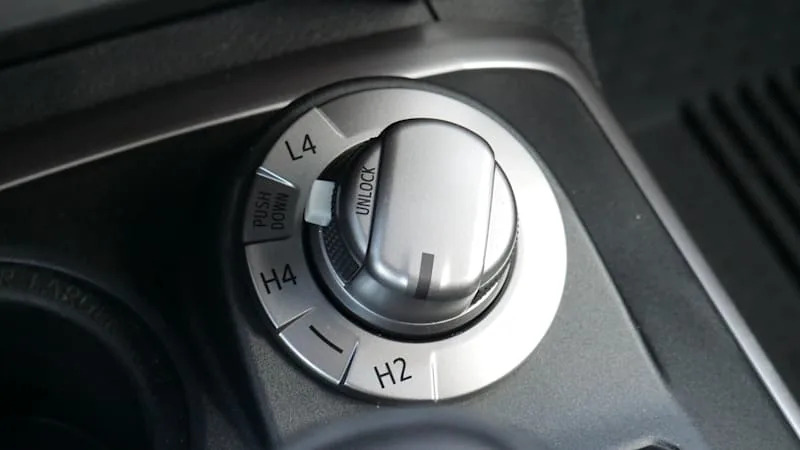
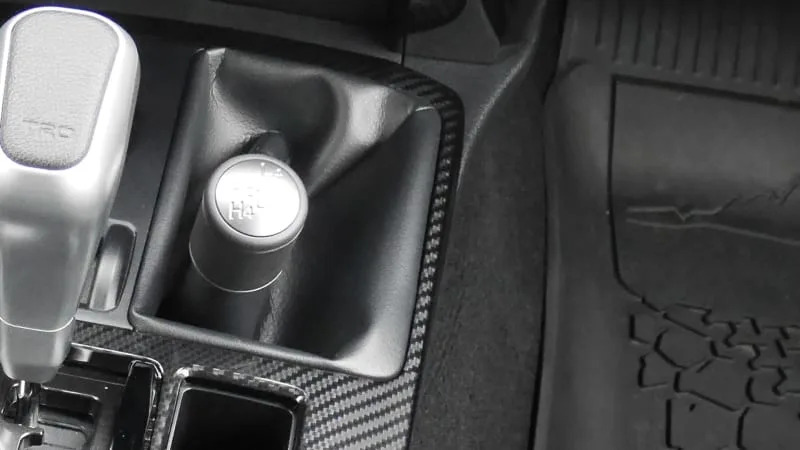
What’s the 4Runner like to drive?
Terrible. And also awesome. It really depends on how you look at it. Should you compare the 4Runner to another midsize SUV like the new Honda Passport TrailSport, you’ll find this rugged Toyota to be slow and noisy, with ponderous handling that actually gets worse when you opt for a more off-road-oriented model (the all-terrain tires make the steering in particular sloppy and vague). On the other hand, should you compare it to a Jeep Wrangler or Ford Bronco, the 4Runner will be comfier, substantially quieter and just generally more civilized. On yet another hand, it’s much slower than both, with a transmission that does the engine no favors with its insufficient number of gears.
Off-road, the 4Runner is a monster, and you don’t have to get the top-of-the-line TRD Pro to realize its potential. Any 4×4 versions will do the job just fine, though the sweet spot is certainly the TRD Off-Road that goes beyond the SR5 with a locking rear differential, wider tires, Toyota’s Multi-Terrain Select system, Crawl Control (essentially a low-speed cruise control for getting out of especially tricky off-road situations) and the optional KDSS disconnecting sway bars that improve both off-road wheel articulation and on-road handling. The latter actually aren’t available on the TRD Pro, which only ups the ante slightly with upgraded shocks and tires. Then again, both the Trail Edition and TRD Off-Road offer unique colors and equipment, which may ultimately sway the needle in their favor.
